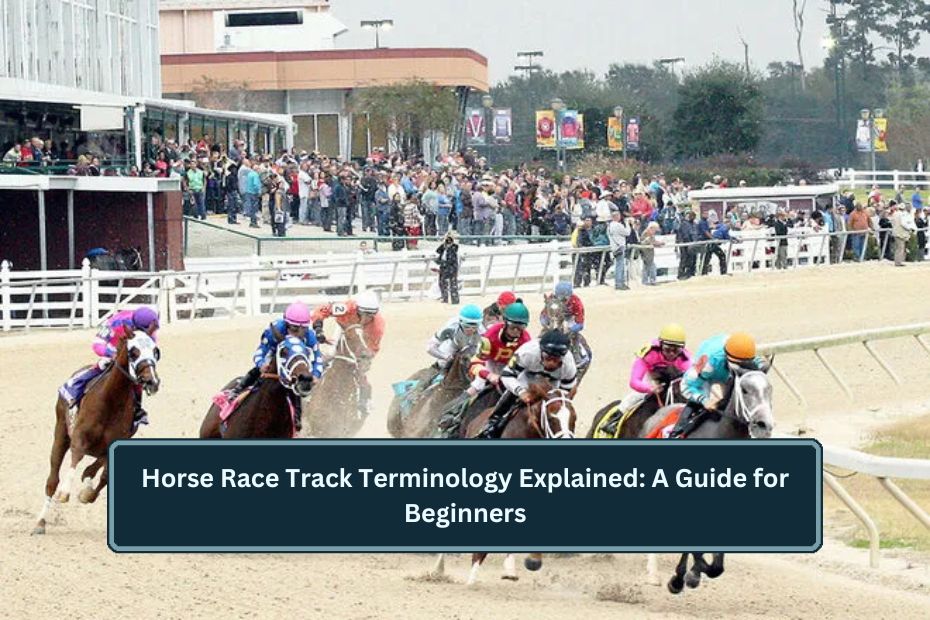Horse racing is a sport filled with excitement, tradition, and its own unique language. If you’re new to the world of horse racing, understanding Horse Race Track Terminology can make the experience more enjoyable. This guide will break down the terms, parts of a horse race track, and other key facts to help you feel like a pro at the races.
What Are Common Horse Racing Terms?
Horse racing has its own set of terms for everything from the horses to the betting. Here are some of the most common ones:
Race Terms
- Maiden Race: A race for horses that have never won.
- Stakes Race: A prestigious race with a big prize pool, often featuring top horses.
- Handicap Race: Horses carry different weights to level the competition.
Horse-Related Terms
- Colt: A young male horse under four years old.
- Filly: A young female horse under four years old.
- Mare: A female horse aged four or older.
- Gelding: A male horse that has been castrated.
Betting Terms
- Win: A bet that your chosen horse finishes first.
- Place: A bet that your horse finishes in the top two.
- Exacta: Betting on the first two finishers in the correct order.
- Trifecta: Predicting the top three finishers in order.
What Are the Parts of a Horse Race Track?
Understanding the parts of a horse race track can enhance your appreciation of the sport.
1. Racing Surface
- Dirt Track: The most common surface in the U.S., offering a soft footing for horses.
- Turf Track: Grass-covered tracks that are more common in Europe.
- Synthetic Track: A man-made surface designed to reduce injuries.
2. Track Layout
- Straightaway: The flat, straight section of the track.
- Turns: Curved sections where horses often shift positions.
- Homestretch: The final stretch leading to the finish line.
3. Starting Gate and Finish Line
- Starting Gate: Where horses line up to begin the race.
- Finish Line: The point where the race ends and winners are determined.
What Are Horse Race Tracks Called?
Horse race tracks can be referred to in various ways depending on the region and culture:
- Racecourse: Commonly used in Europe and Australia.
- Racetrack: The general term used in the United States.
- Oval Track: A descriptive term for tracks shaped like an oval.
Some famous examples include Churchill Downs in the U.S. and Ascot Racecourse in England.
Why Is Horse Race Track Terminology Important?
Knowing the terms of horse racing can make the sport more engaging. Whether you’re placing a bet or just enjoying the atmosphere, understanding the lingo helps you follow the action. You’ll also appreciate the strategies behind horse racing and the design of the race tracks themselves.
Conclusion
Understanding Horse Race Track Terminology opens the door to a richer horse racing experience. From the types of races to the structure of the track, each term gives insight into the strategy and excitement of the sport. Whether you’re at a local racetrack or watching a major event, knowing these basics ensures you won’t miss a moment of the thrill.
FAQ’s
What are the key terms used in horse racing?
Key terms include “maiden race” (a race for horses that have never won), “stakes race” (a prestigious race with large prizes), and “exacta” (a bet predicting the first two finishers in order).
What are the main parts of a horse race track?
The main parts include the racing surface (dirt, turf, or synthetic), straightaways, turns, the homestretch, and the starting gate where races begin.
What are horse race tracks called in different regions?
In the U.S., they are called racetracks, while in Europe and Australia, the term racecourse is more common. Some also refer to them as oval tracks.

